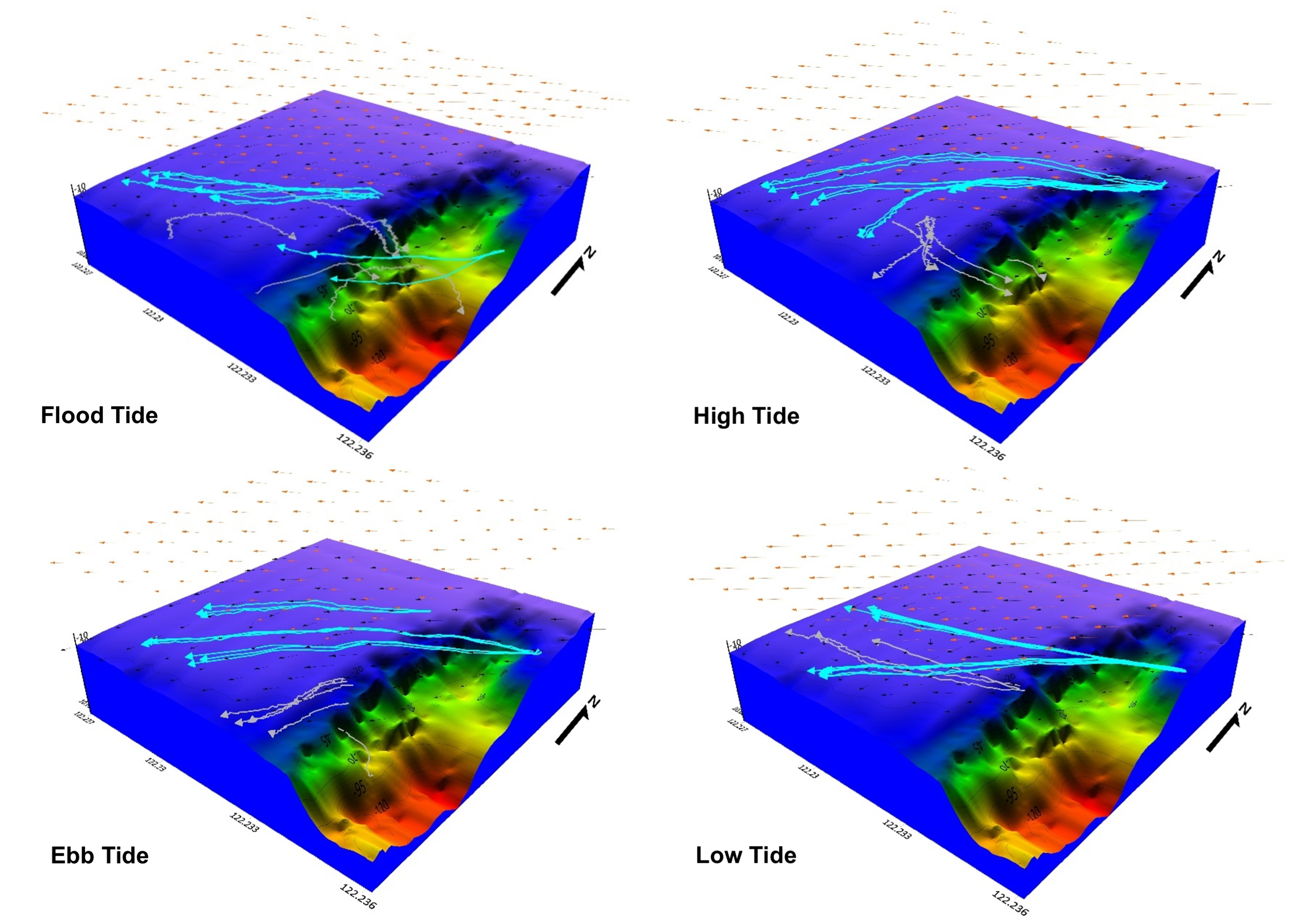-
Marine heatwaves and cold spells
Climate variability and ocean extremes
Ocean-atmosphere interactions
Ocean productivity

RESEARCH HIGHLIGHTS
Severe Marine Heatwaves in the North Sea in 2009
As global temperatures continue to rise, extreme thermal events are increasingly evident in marine environments. In the North Sea, a record-breaking marine heatwave event reaching Category 3 was recorded in 2009.


